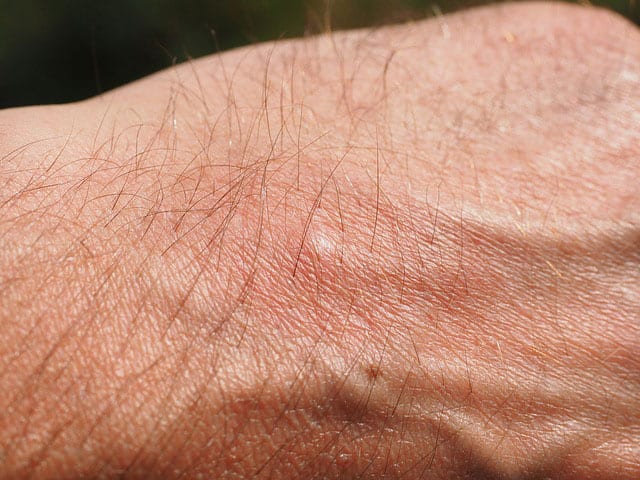According to a story from Medical Xpress, a recent study has confirmed the status of palmoplantar pustolosis as a rare, orphan disease. A recent study of patients with the disease has revealed that the prevalence rate of the illness is very low, as well as other characteristics of palmoplantar pustolosis. The study looked at patient records from Germany, Denmark, and the US.
About Palmoplantar Pustolosis
Palmoplantar pustolosis is an uncommon autoimmune condition that is most characterized by the appearance of pus-filled pustules or blisters that appear on the palms of the hands and the soles of the feet. These often turn brown and take on a scale-like texture. They can make walking or use of the hands difficult and painful. Risk factors for palmoplantar pustolosis include smoking, psoriatic arthritis, or psoriasis. The condition can also cause painful cracks to appear on the skin and reddish coloration in light-skinned people. Outcomes for this condition vary, with some patients seeing their symptoms resolve permanently and others experiencing recurrent symptoms. There are a number of possible treatments for palmoplantar pustolosis, including UV light therapy, topical steroids, certain antibiotics, and acitretin. Effective management of co-morbidities like psoriasis or psoriatic arthritis may also help improve the symptoms. To learn more about palmoplantar pustolosis, click here.
About The Study
The study collected valuable information about the characteristics of patients in the three countries that were sampled. The researchers looked at data from 751 Danish patients, 1,435 US patients, and 1,832 German patients. From this sample the researchers concluded that anywhere from 14.2 percent to 61.3 percent of palmoplantar pustolosis patients also had psoriasis. These patients were also at a greater risk of psoriatic arthritis. Patients with these diagnoses were also more likely to be actively taking medication, especially biologic treatments.
Still, the prevalence of the disease was still overall very low at less than 0.1 percent on average. The authors concluded their study by saying that the findings confirmed palmoplantar pustolosis as a rare, orphan disease. Additionally, the findings more clearly highlight the connection between the condition and autoimmune psoriatic arthritis and psoriasis, suggesting that the diseases are all closely related to each other.
The original study can be found here at the British Journal of Dermatology.






